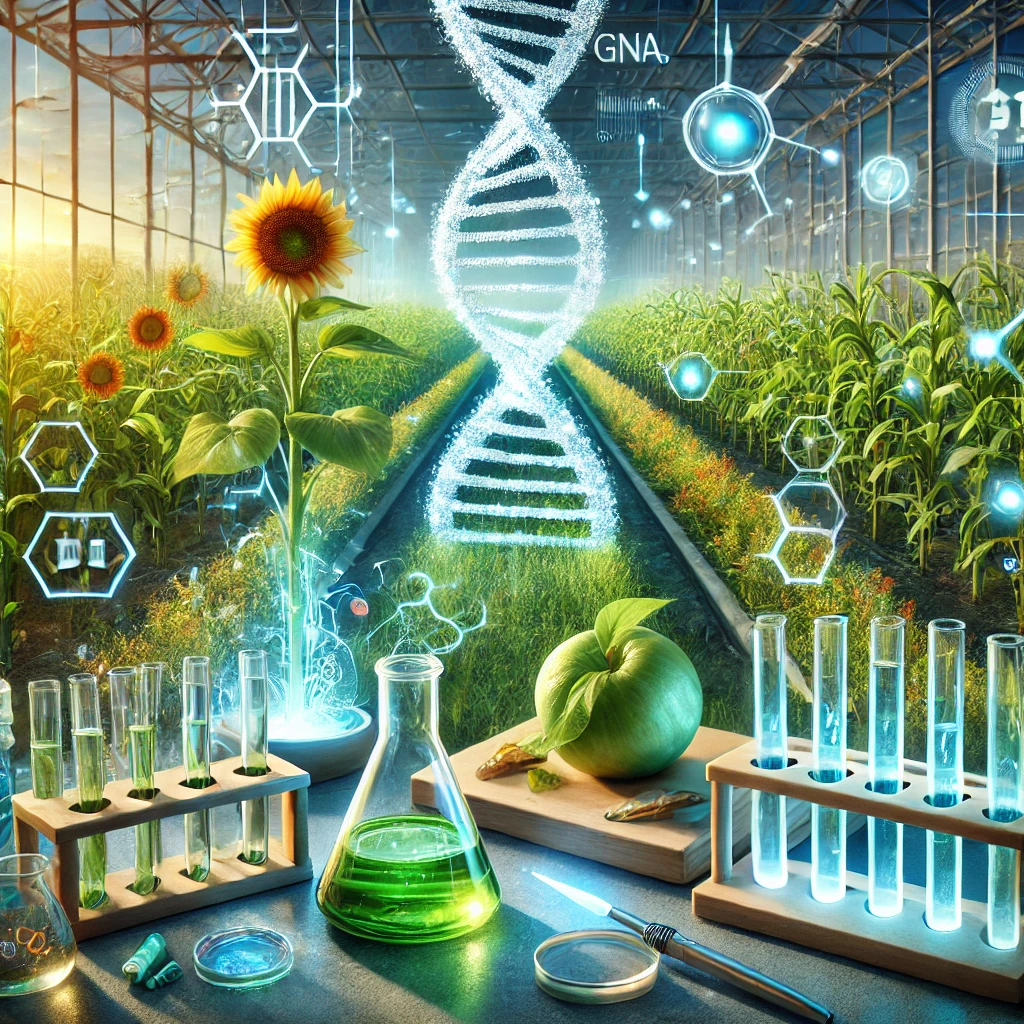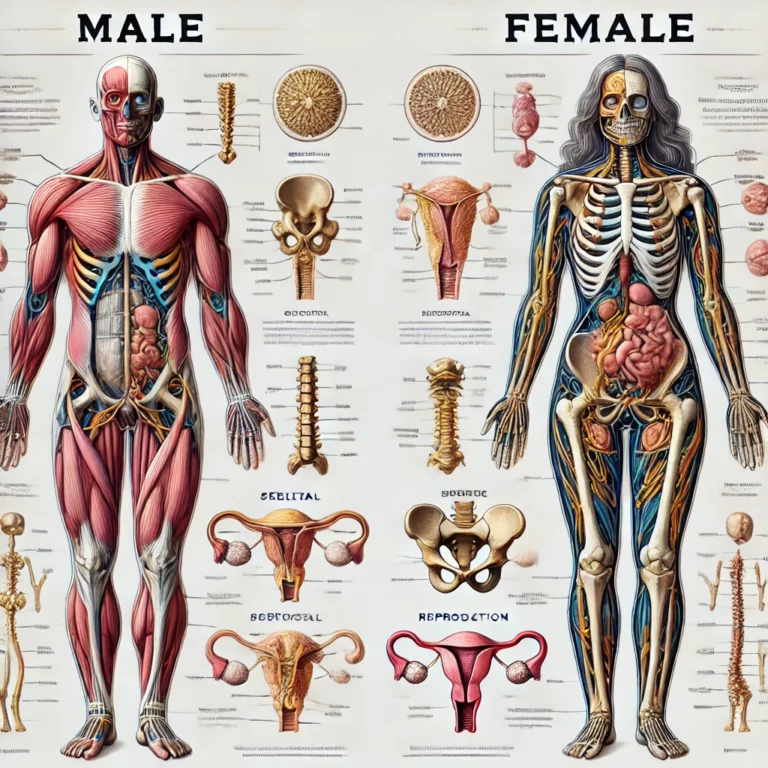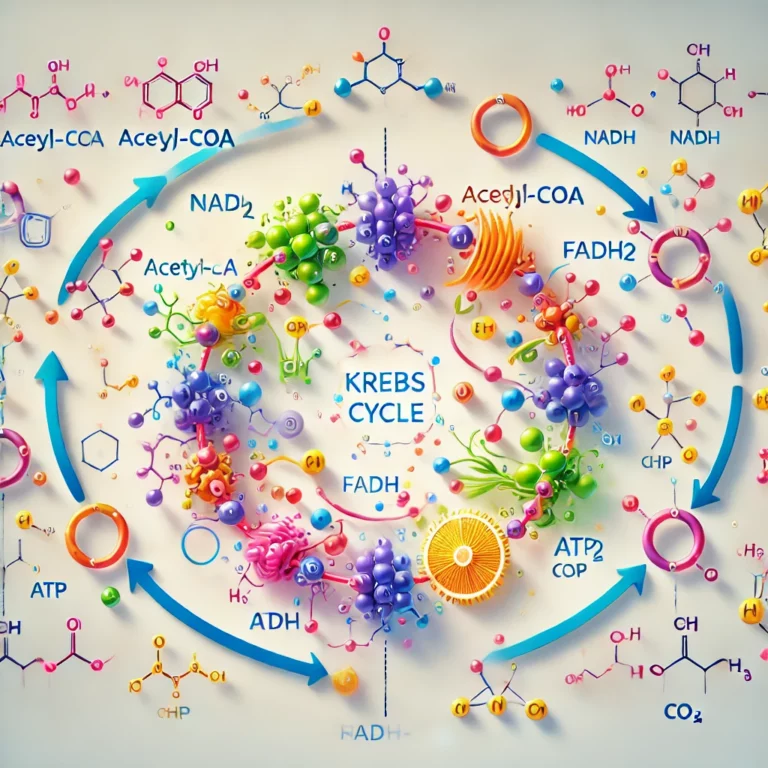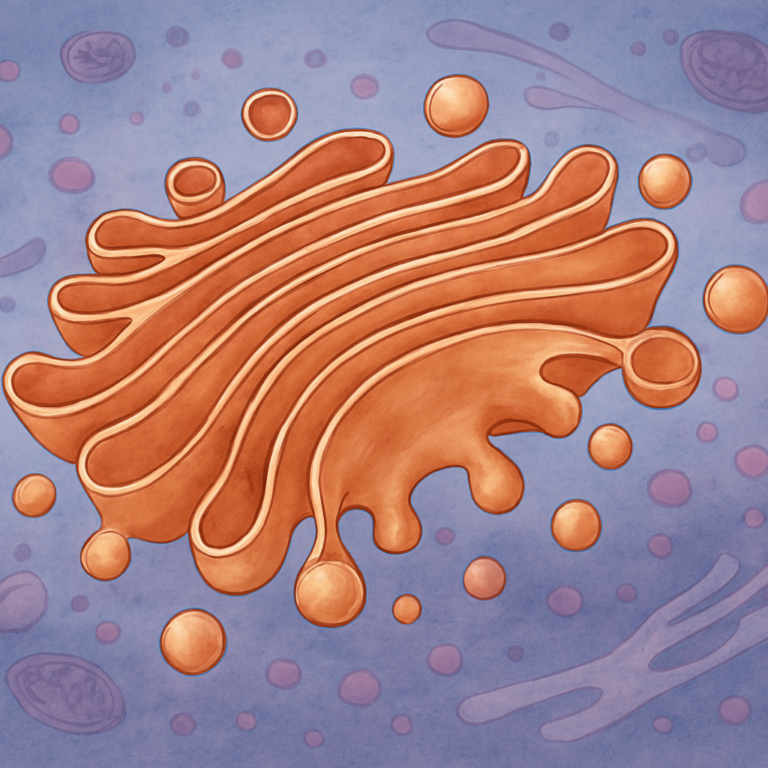Genetically Modified Organisms: Impacts on Health and the Environment
Our world is constantly evolving, and with it, the technologies that influence the way we live. Among these, genetically modified organisms (GMOs) represent a topic of great interest and debate. But what exactly are GMOs? What are their impacts on our health and the environment? This article aims to explore these questions in a clear and understandable way, trying to shed light on a complex and controversial issue.
The Science Behind GMOs
GMOs, or genetically modified organisms, are living beings whose genetic material (DNA) has been altered through genetic engineering techniques. This process, also known as recombinant DNA technology, allows genes from different organisms to be combined, resulting in specific characteristics that would otherwise not occur in nature. For example, genes from insect-resistant bacteria can be inserted into corn plants, making them capable of defending themselves.
This technology has distant roots: already 10,000 years ago, our ancestors practiced artificial selection to obtain plants with desirable characteristics. However, it is only in recent decades that genetic engineering has made it possible to modify DNA in a precise and controlled way.
Types of GMOs and Their Applications
Today, GMOs are used in various sectors, but agriculture is where they have been most widespread. Major transgenic crops grown commercially include herbicide- and insect-resistant soybeans, corn, cotton, and canola. However, GMOs are not limited to this. Here are some examples:
- Virus-resistant plants include sweet potatoes, which are resistant to viruses that could destroy crops in Africa, and papaya, which is resistant to the ringspot virus.
- Plants with more excellent nutritional value: rice enriched with iron and vitamins to fight Asian malnutrition.
- Plants that produce drugs and vaccines: bananas that produce vaccines against infectious diseases like hepatitis B.
- Fast-growing fish: genetically modified fish that mature faster.
- Plants that produce innovative materials: plants that produce new biodegradable plastics.
These applications demonstrate GMOs’ great potential to address some of the 21st-century’s most pressing challenges. However, GMOs raise important questions and legitimate concerns like any new technology.
Impacts on Health: Between Benefits and Risks
One of the main concerns about GMOs is their impact on human health. On the one hand, GMOs can offer significant benefits:
- Elimination of allergens: By modifying the DNA of some foods, the properties that cause allergies can be eliminated.
- Increased nutrients: GMOs can be engineered to contain more vitamins and minerals than traditional crops.
- Long-life foods: the longer shelf life of GMOs can reduce food waste.
On the other hand, some concerns cannot be ignored:
- Risk of toxicity: the insertion of new genes could lead to the production of toxic proteins. Some studies have shown harmful effects in animals fed GMOs. For example, in one study, mice fed potatoes modified with a bacterial toxin showed cellular changes in the intestine.
- Allergenicity: introducing new genes could lead to the appearance of new allergies or the increase in potency of existing allergens. A famous case is that of transgenic soybeans that expressed a Brazil nut protein, causing allergic reactions.
- Antibiotic resistance: in some GMOs, antibiotic resistance genes are used as markers. There is concern that these genes could transfer to the bacteria in our gut, making them resistant to antibiotics, a serious public health problem.
- Long-term effects: Knowledge of the long-term effects of GMOs on human health is still limited. Most available studies are short-term and cannot reveal all possible risks.
It is essential to underline that the scientific community is active in assessing the risks of GMOs and that regulatory authorities, such as the European Food Safety Authority (EFSA), require in-depth studies before authorizing the marketing of a new GMO. The evaluation of allergenicity is fundamental. An approach evaluates different characteristics of the protein, such as origin, structure and chemical-physical properties.
Environmental Impacts: A Complex Ecosystem
GMOs affect not only our health but also the environment in which we live. Some of the potential environmental risks include:
- Evolution of resistant insects and grasses: Widespread use of insect—or herbicide-resistant crops can lead to the emergence of “super-resistant” insects and “super-weed” weeds, which in turn require the use of new chemicals.
- Gene flow: GMO genes can transfer to wild plants or other crops, with unpredictable consequences for biodiversity and ecosystems. Pollen from GM crops can reach non-GM crops and wild plants.
- Effects on non-target organisms: some GM crops, such as Bt corn (Bacillus thuringiensis), can harm beneficial insects such as bees or butterflies, although scientific studies present conflicting results on this point.
- Formation of new viruses: Virus-resistant plants can, in theory, give rise to new viral variants, although this is not a proven and specific phenomenon.
On the other hand, GMO agriculture can also contribute to greater environmental sustainability by reducing the need for pesticides and herbicides. For example, insect-resistant crops can reduce the use of environmentally harmful chemical insecticides.
Public Debate and Ethical Issues
The debate on GMOs is very heated and involves scientists, politicians, consumers, environmental activists and religious organizations. Many people express ethical and moral concerns about the genetic manipulation of life and wonder about the possible long-term consequences for our planet and future generations.
A relevant problem is that the public’s perception of risk is not always based on scientific assessments but also on social, cultural and economic factors. For example, companies that sell pesticides are often also the ones that develop herbicide-resistant crops, creating a conflict of interest.
Many consumers, especially in Europe, are wary of GMOs and call for greater transparency and clear labelling. The right to choose is fundamental. Others argue that GMOs are necessary to address growing food demand and resource scarcity.
The Future of GMOs
Despite the controversy, GMO research continues to progress. The new frontiers include:
- Biofortification: plants modified to contain more significant quantities of vitamins, minerals and other essential nutrients.
- Stress tolerance: plants capable of surviving in adverse environmental conditions such as drought, salinity or extreme temperatures.
- New genetic engineering techniques: tools such as CRISPR-Cas9 that allow DNA to be modified even more precisely and targeted.
These innovations offer great hope for a future in which agriculture is more sustainable, efficient and able to feed a growing global population.
The Role of Education and Transparency
Faced with such complex and controversial technology, society must be informed and able to make informed decisions. Education, transparency and open and respectful debate are essential to building a future in which science serves the well-being of all.
Scientific data must be available and understandable to the public, that decision-making processes are transparent and that everyone’s concerns are heard and considered. Instead of “obscuring” the risk analysis, explaining the difficulties encountered in this type of assessment is important, and providing the resources necessary to do the research. The role of the media and information sources is equally crucial. Avoid oversimplifying a complex problem or spreading sensational news not based on science.
Conclusion
Genetically modified organisms represent one of the most significant challenges of our time. On the one hand, they offer enormous potential to solve complex problems related to food production, human health and environmental sustainability. On the other hand, they raise ethical, ecological and health issues that require the utmost attention.
The GMO debate is not simple, and there are no easy answers. It is important to be aware of the issue’s complexity and avoid falling into polarized positions. Only through dialogue, information, and a rigorous scientific approach will we be able to fully evaluate the benefits and risks of GMOs and decide how this technology will be used in the future.
This article was helpful and informative. If you have any other questions or curiosities, don’t hesitate to ask.
Bibliographic references
Here are the sources used in the previous response, formatted in ATA7 style:
- Bawa, A. S., & Anilakumar, K. R. (2013). Genetically modified foods: safety, risks and public concerns—a review. J Food Sci Technol, 50(6), 1035–1046.
- Wal, J. M. (2011). Allergenicity assessment of GMOs by the European safety authority. Clinical and Translational Allergy, 1(Suppl 1), S12.
- Torgersen, H. (2006). The public perception of risk: the case of biotechnology. EMBO reports, 7(8), 740-743.
- de Santis , B. , Stockhofe , N. , Wall , J. M. , Weesendorp , E. , Lallès , J. P. , van Dijk , J. , … & Kleter , G. (2018). Case studies on genetically modified organisms (GMOs): Potential risk scenarios and associated health indicators. Food and chemical toxicology, 117, 36-65.
- Hill, R., & Sendashonga, C. (2006). Conservation biology, genetically modified organisms, and the biosafety protocol. Conservation Biology, 20(6), 1620-1625.
- Tsatsakis, A. M., Nawaz, M. A., Tutelyan, V. A., Golokhvast, K. S., Kalantzi, O. I., Chung, D. H., … & Chung, G. (2017). Impact on environment, ecosystem, diversity and health from culturing and using GMOs as feed and food. Food and Chemical Toxicology, 107, 108-121.
- Rajan, S. R., & Letourneau, D. K. (2012). What risk assessments of genetically modified organisms can learn from institutional analyses of public health risks. Journal of biomedicine and biotechnology, 2012.
- Raman, R. (2017). GM Crops: Benefits, challenges and commercial trends. GM Crops & Food, 8(3), 195–208.
- Public health issues related with the consumption of food obtained from genetically modified organisms. (n.d.).
Key Points from the Sources
- Definition of GMOs: Genetically modified organisms (GMOs) are organisms whose DNA has been altered through genetic engineering techniques. This allows for the combination of genes from different organisms.
- Early Development: The first genetically modified (GM) plant was produced in 1983. China was the first country to commercialize a transgenic crop in the early 1990s with the introduction of virus-resistant tobacco. The first FDA approved GM plant for human consumption was the Flavr Savr tomato in 1994.
- Common GM Crops: Commercially grown GM crops include soybean, corn, cotton, and canola. These are often modified for herbicide and insect resistance. Other GM crops in development include fruits and vegetables and those designed to increase vaccine bioproduction, provide more nutrients in animal feed, and confer salinity and drought resistance.
- Food Processing and GMOs: Vegetable oil extracted from GM crops contains little to no protein or DNA because the refining process removes non-triglyceride ingredients. Sugar from GM sugar beets is highly refined and contains no DNA or protein, being composed of sucrose like non-GM sugar.
- Detection of GMOs: Techniques such as PCR can detect GMO content in foods, even after processing. Real-time PCR and ELISA systems can quantify GMOs, but PCR results need normalization. Methods such as loop-mediated isothermal amplification combined with a lateral-flow dipstick can also detect GMOs.
- Allergenicity Assessment: The European Food Safety Authority (EFSA) assesses the allergenicity of GMOs. This involves evaluating the newly expressed proteins and the whole GM food, checking for unintended effects using profiling methodologies. The assessment uses a weight of evidence approach, considering various characteristics of the protein.
- Human Studies: There has been limited research involving human feeding studies with GM foods. One study with individuals who had their large intestines removed did not indicate gene transfer from GM soy to gut bacteria.
- Animal Studies: Studies on animals fed GM crops have shown mixed results. Some studies showed no difference in feeding value between GM and non-GM lines. However, other studies showed some adverse effects, such as cell alterations in the intestines of mice fed with modified potatoes.
- Environmental Impacts:
- The use of herbicide-resistant GM crops can lead to the evolution of herbicide-resistant weeds.
- There are concerns about gene flow from GM crops to wild relatives.
- Some studies indicate that GM crops can have off-target effects on non-target insects.
- Public Perception: Public acceptance of GM foods is influenced by perceived risks, particularly regarding health. Consumer attitudes are affected by concerns about health, the environment, and the price and quality of products.
- Risk Assessment:
- Risk assessment for GMOs is complex, with many uncertainties. These uncertainties include past exposures, synergistic effects, and diagnostic limitations.
- Risk assessment involves hazard identification, exposure assessment, dose-response assessment, and risk characterization.
- The classical risk paradigm has limitations, particularly in dealing with complex systems and unforeseen interactions.
- Normal Accident Theory: Normal accident theory suggests that complex systems with interactive complexity and tight coupling are prone to “normal” accidents because failures can interact in unexpected ways.
- GM Crop Regulation: There are variations in the regulation and public debate surrounding GM crops across different countries.
- Market Consolidation: The GM seed market is dominated by a few large companies that are currently undergoing mergers and acquisitions.
- Future of GMOs: Future research areas include biofortification (increasing nutrients in crops) and stress tolerance (developing plants resistant to drought, salinity etc.). Gene-editing techniques such as CRISPR-Cas9 offer new tools for precise DNA modifications.
- Importance of Transparency and Education: Education, transparency, and open dialogue are essential for addressing concerns related to GMOs and making informed decisions.







